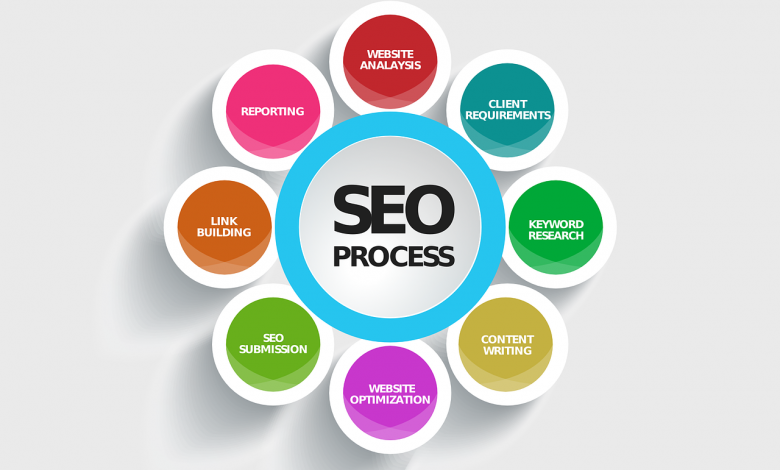Image Optimization for Website Design – Things You Should Know

Whether you have a blog, a website, or an online store you will be paying for each image you upload. When web designers talk about how to ‘optimize’ images for the internet, it comes down to three points, making images look good, ensuring the images load quickly, and checking if the images are easy for search engines to index.
Images that are downloaded from certain sites come as really big JPEG files and in order to compress it for your site, you will need to reduce and upload a smaller version of your site. Always start with a large format as you can change the size later on depending on how you want. Some sites take stock images and use a few tricks to make them look well-lit and professional. Here are some things you should know about image optimization.
- Use the right file type like PNG or a JPEG
If you’re wondering about file formats like PNGS, GIF, SVG, and JPEG, know that most designers use a JPEG or a PNG format on your website. Remember that photographs should always be saved and uploaded as JPEGs as it can handle all the colors and details in an image (even a smaller one) and you won’t end up with an enormous file which you might get if you save it as a PNG. Graphics using large flat areas of color should be saved as PNGs, examples, logos, and images with a lot of text. PNGs are of a higher quality than JPEGs and come with a larger file size, they give images, color, and text a nice crisp line so you can zoom in and not lose any quality. Save your PNG in a ’24 bit’ format rather than an ‘8-bit’ format for rich colors and better quality. If a majority of the image is photography, stick to a JPEG. On the other hand, if text or logos are added then a PNG.
- Resize your images for website speed and optimization
With website images, you want to find the right balance between the size and the image resolution. The higher the resolution, the larger the file size, high-res images are a good thing for viewing, but on your website, they can slow down your page loading speed. This gets users annoyed and can switch their experience from good to bad, plus you’ll be hurting your website’s page speed as well. If you need to use larger images for backgrounds or as a hero image, first take the time to understand how you can optimize this image so that it does not reduce your website speed.
- Images should be the same style and size
Images on your website page will look better if you keep a consistent style and size, this will help while lining up your text, columns, and other information on your website. For example, if you are placing images on a site, they should have the same dimensions, and placement (horizontal or vertical) this way this will fit perfectly into one column with no adjustments needed. A professional web design company in India will do this for you in case you are unable to edit the needed images.
- Always name your image correctly to aid your SEO
Most people will name their image files with ‘Photo1.jpeg or the name followed by jpeg. Take a moment to rename your images before you upload them as it not only makes your photos easier to manage and upload but it can also give your SEO a boost. Use lowercase letters, hyphens, and numbers, minus the spaces, underscores, and punctuation marks. An SEO company in Mumbai will help optimize your image file names so that your site appears in the top search engine rankings.
The Bottom Line
Here are a few things to keep in mind when it comes to your image optimization, always rename the image something that makes sense, and use a photo tool to resize and crop the image before you save it. Keep your file size consistent and ensure it is the right size as well as saved properly. Don’t forget to fill out the Alt text and add a caption for good measure.






